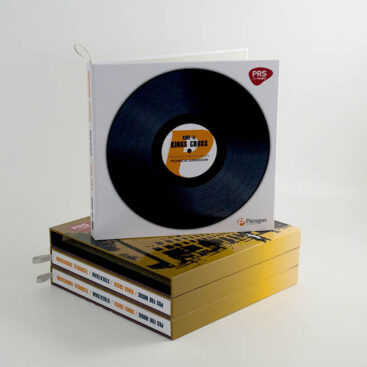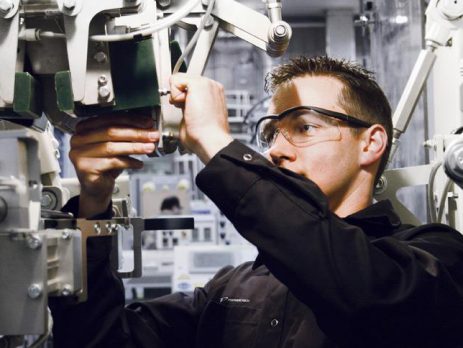10th Beijing International Printing Technology Exhibition
From June 23rd to the 27th, it will take place the 10th Beijing International Printing Technology Exhibition Kylin machine will showcase innovative solutions for high-quality box and book finishing in Beijing, China. China Print will take place at the New China International Exhibition Center (NCIEC) in Beijing under the new theme of “Innovation Leads the Future”. The event is...





